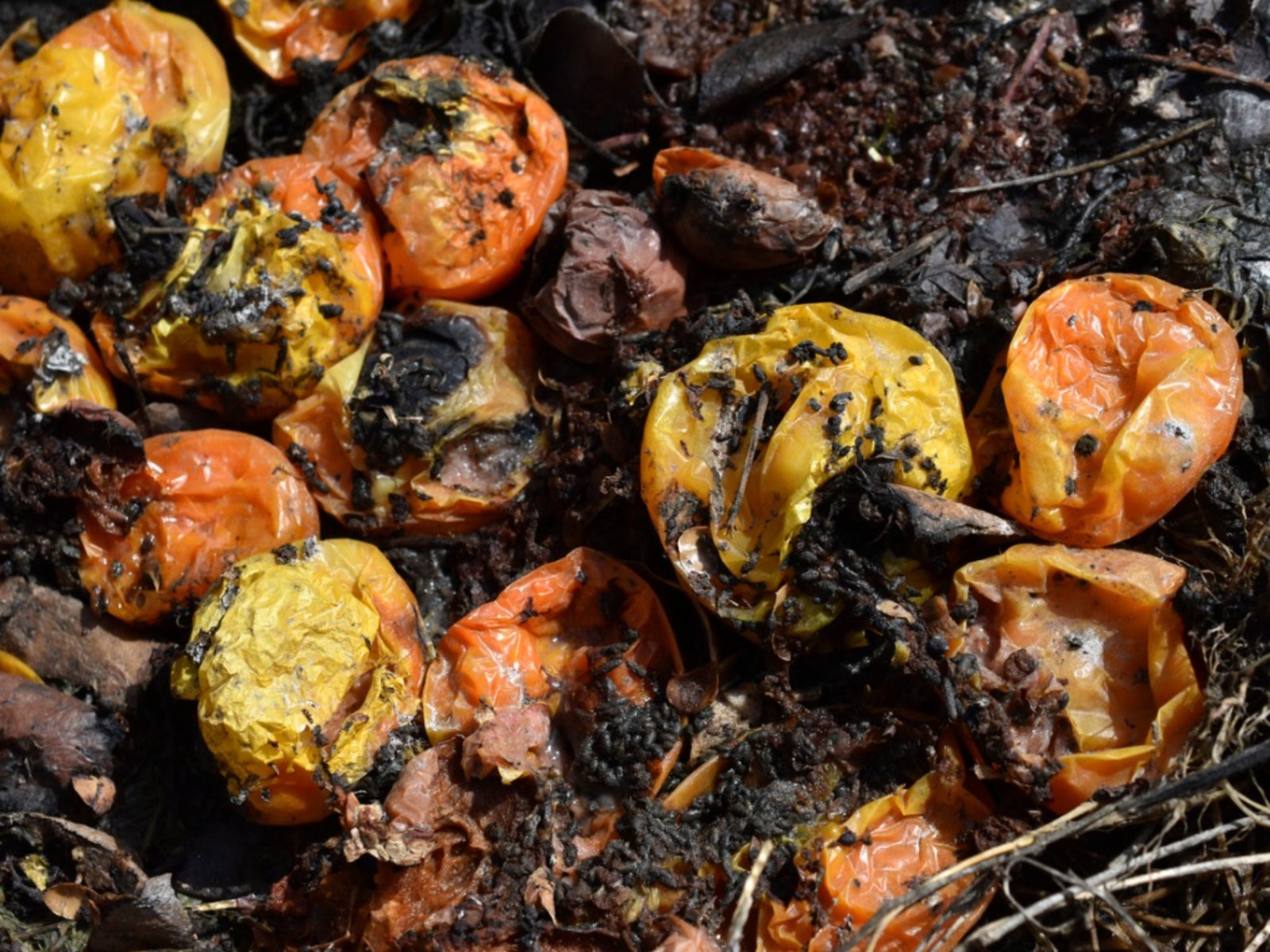Composting Tomato Plants: When To Compost Tomatoes

There has always been much discussion among gardeners and horticultural professionals as to the question, “Is it ok to compost tomatoes?” or, more specifically, spent tomato plants. Let's take a look at a few arguments against composting tomato plants and a discussion on the best way to compost your tomato plants should you choose to do so.
Is It Ok to Compost Tomatoes?
Once the gardening season has ended, there can be a great number of old tomato plants left lingering. Many gardeners feel that it's essential to return the plants to the soil through composting. Others deem it far too risky when it comes to a possible spread of disease. Here are some reasons why many gardeners choose not to place tomato plants in compost:
- Composting may not kill all seeds - The composting process may not kill all of the remaining tomato seeds on the plant. This could create tomato plants popping up in random places throughout your garden.
- Composting spreads disease - Composting tomato plants can spread disease that could cause damage in the next year's garden. Many diseases, such as fusarium wilt and bacterial canker, can survive the composting process, making them unwelcome visitors later on.
- Incomplete breakdown - Putting large tomato plants in compost piles can also create a problem, especially if the pile is not properly managed. Vines may not break down properly, creating an eyesore and a mess in the spring when it comes time to use the compost.
When to Compost Tomatoes
Now that you have some of the reasons not to compost your tomato plants, you may be wondering about appropriate times when to compost tomatoes, if there are any. The answer here is, yes. Gardeners can compost tomato plants as long as the plants don't have any bacterial or fungal diseases. Spotted wilt virus and curly top virus will not survive on a dead tomato plant for long, so plants with these viruses can be composted. It's also best to break the dead plant material into smaller pieces before placing it in the compost pile. Proper compost pile management is essential to breaking down spent tomato plants.
Composting Tomato Plants
In order for a compost pile to do its job, it needs to be properly layered, kept moist, and have a constant internal temperature of at least 135 degrees F. (57 C.). The base layer of any compost pile should be organic material such as garden wastes, clippings, small twigs, etc. The second layer should be animal manure, fertilizers, or starters, which will get the internal temperature up. The top layer should be a layer of soil that will introduce beneficial microorganisms to the pile. Turn the pile when the temperature falls below 110 degrees F. (43 C.). Turning adds air and mixes material, which helps with the breakdown.
Gardening tips, videos, info and more delivered right to your inbox!
Sign up for the Gardening Know How newsletter today and receive a free copy of our e-book "How to Grow Delicious Tomatoes".
-
 Types Of Tomatoes Explained: Explore The Many Wonderful Shapes, Colors, Flavors, & Best Uses
Types Of Tomatoes Explained: Explore The Many Wonderful Shapes, Colors, Flavors, & Best UsesThe world of tomato varieties is vast and fascinating. Learn about the key types to grow in your garden, tailored to your preferences and space.
By Amy Grant
-
 Try The Trend – Turn Any Bed Into A Keyhole Garden With This Clever In-Ground Composter
Try The Trend – Turn Any Bed Into A Keyhole Garden With This Clever In-Ground ComposterKeyhole gardening is an efficient and sustainable practice that saves space. Get started on this DIY project quickly and easily with an in-ground composter.
By Bonnie L. Grant